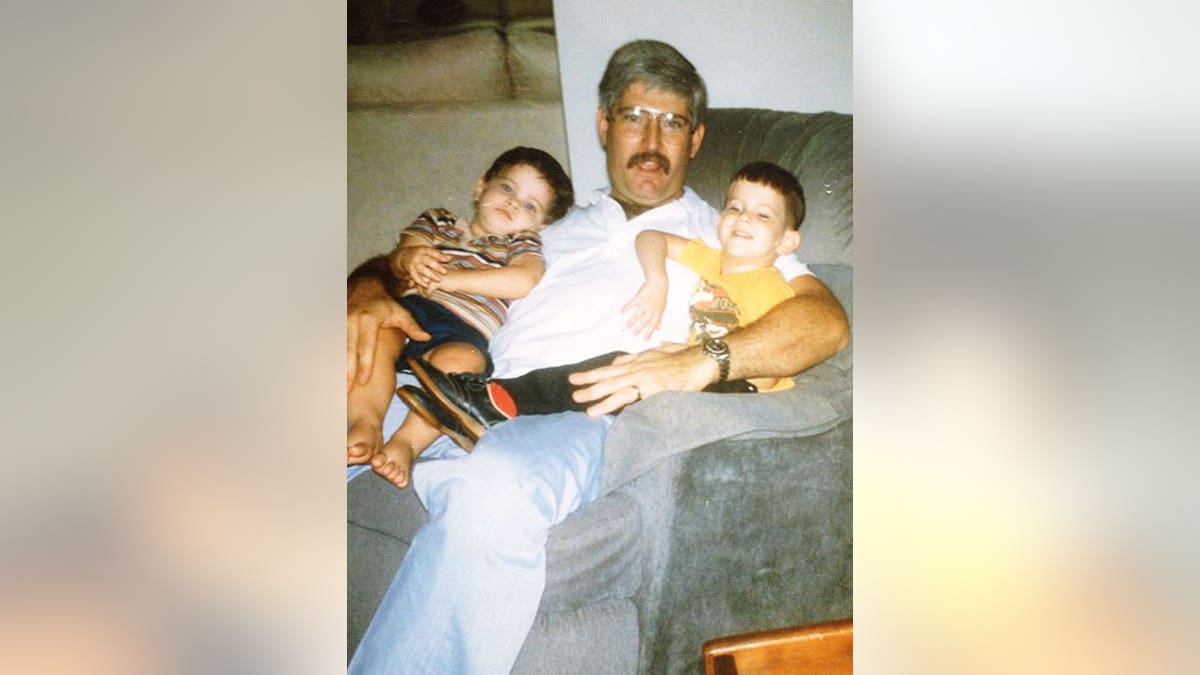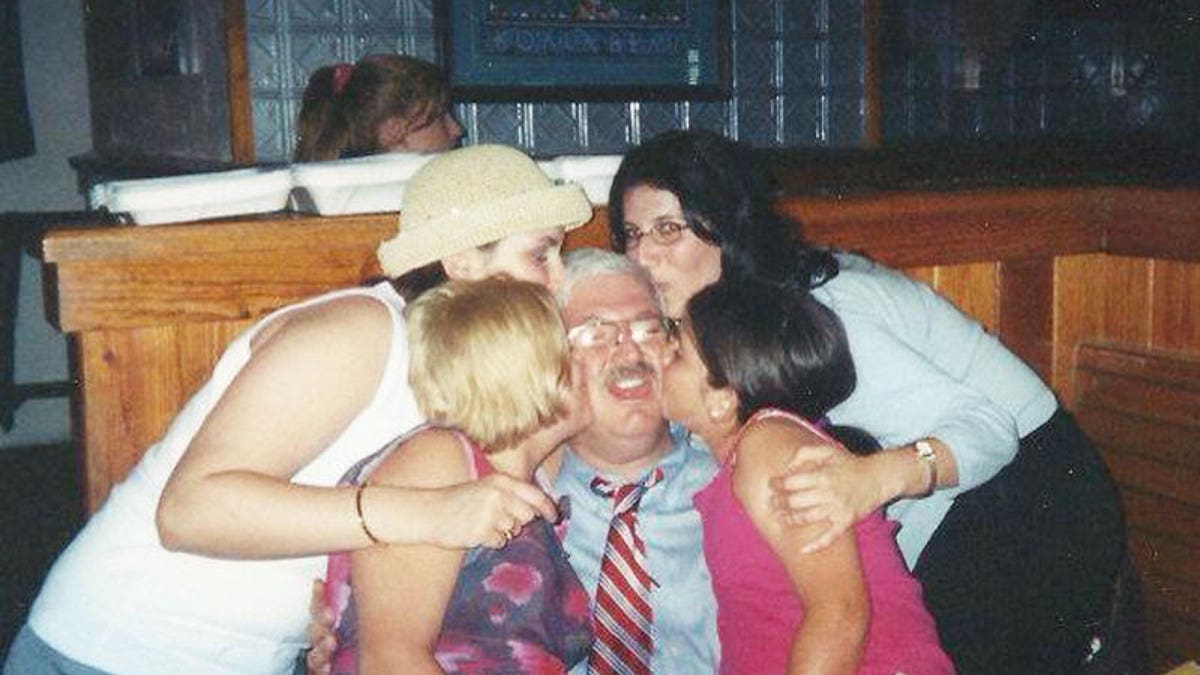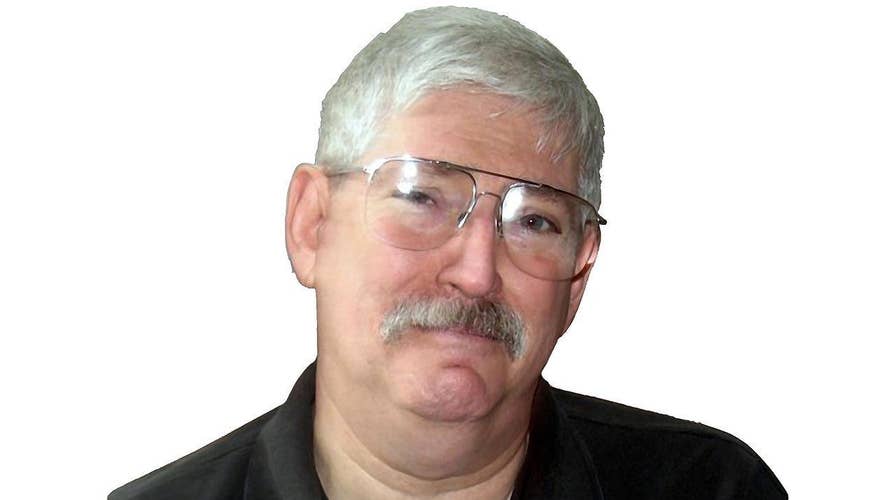New clues emerge in search for CIA consultant
Newly disclosed documents suggest officials know more about the whereabouts of Bob Levinson, who went missing in Iran in 2007, than they have indicated
Nine years after Robert Levinson disappeared on what has since been revealed as a secret CIA operation in Iran, his bitter supporters say his case underscores the hollow nature of the supposedly thawed relations between Tehran and Washington.
The Islamic Republic recently released from its prisons four U.S. citizens following a deal to lift international sanctions and unfreeze tens of billions in Iranian assets, but Levinson’s fate remains a mystery. Iran insists it never held Levinson and has no idea where he is, but experts, Levinson’s family and current and former U.S. government officials don’t buy it.

Nearly three years after his disappearance, Levinson's family received proof-of-life emails. (HelpBobLevinson.com)
“It is very unlikely that Levinson would have been grabbed and held hostage without (Supreme Leader Ayatollah) Khamenei’s knowledge or approval,” Jim Phillips, senior research fellow for Middle Eastern Affairs at The Heritage Foundation, told FoxNews.com. “Crossing the Supreme Leader could cost an Iranian official his job, and possibly his life.”
“He was scared to death to go to Iran alone, but thought this was a great opportunity.”
Levinson's family has continued to pressure the U.S. government to do more to help find him and get him home, with social media and Internet campaigns aimed at raising awareness of his plight.

Levinson's family believes he is alive and needs his country's help. (HelpBobLevinson.com)
Levinson, now the longest-held American hostage in history, was 58 when he boarded a flight from Dubai and then made his way to Kish Island, a resort in the Persian Gulf. His cover story was that he was investigating cigarette smuggling and possibly working on a book, but after checking into the Maryam Hotel, he met with an American fugitive, Dawud Salahuddin, also known as David Belfield and Hassan Abdulrahman.
Salahuddin, who is still wanted for the 1980 murder of an Iranian diplomat in Maryland, was being targeted by the CIA for recruitment, according to a source close to the Levinson case. Levinson was hoping that a successful mission to deliver him might lead to full-time hours with the CIA, the source said.
“He was scared to death to go to Iran alone, but thought this was a great opportunity,” said the source. “But someone sold him out.”

The proof-of-life photos showed Levinson was alive nearly three years after his abduction.
Shortly after his March 9, 2007, disappearance, Iran’s state-owned Press TV ran a story under the headline “Ex-FBI man in Iran not ‘missing’ at all,” stating that “the truth of the matter is he has been in the hands of Iranian security forces.” The report concluded that arrangements were being made to free Levinson in a “matter of days” despite “mounting tensions stemming from repeated American threats against Iran.”
Government involvement in Levinson’s abduction always made the most sense, according to Daniel Akbari, a Shariah lawyer who has practiced before the Supreme Court of Iran. Iranian intelligence would have monitored Levinson once he entered the country, and the fact that he was meeting a regime assassin bolsters the theory that Iran was involved at the highest levels.
“Iranian government at the highest levels knows exactly where he is and what happened to him,” a former FBI investigator familiar with he case told FoxNews.com.
The story from Iran changed shortly after the Press TV report. Tehran claimed, and continues to maintain, that it has no knowledge of Levinson’s whereabouts or who took him. Levinson, a resident of Florida who retired after a 28-year career with the FBI and Drug Enforcement Administration, has diabetes and high blood pressure. Sketchy reports of sightings of him at Iran’s infamous Evin prison and at government hospitals would surface over the following years, as did two “proof of life” messages showing Levinson begging his country for help.
The first came in the form of a 54-second video emailed to Levinson’s wife, Christine, in November 2010. In it, Levinson warned that he was running dangerously low on diabetes medicine and pleaded with the U.S. government to get him home. The email was believed to have been routed through a cyber café in Pakistan, and Pashtun wedding music was detected in the background, raising at the time the possibility that Levinson was being held there or near the Iranian-Afghan border.
The email also included a list of purported prisoners and the demand that the U.S. government release them. At the time, officials said that they were not holding anyone with those names, and one investigator familiar with the case said the names were likely fabricated to hide Iran’s role.
“It is superficially designed to make it seem like terrorists have got him,” he said.
A month later, Levinson’s family received an email from a new address containing several images of a gaunt Levinson donning a Gitmo-style orange jumpsuit with a chain around his neck, holding up a number of signs with messages such as “Why you can not help me,” “I am here in Guantanamo do you know where it is?” and “This is the result of 30 years serving for the USA.”
Akbari agreed that the orange jumpsuit and clumsily spelled messages were aimed at misleading U.S. authorities into believing Levinson was in the hands of terrorists. But such a theory strains credulity, given Iran’s iron grip on the activities of its citizens, he said.
“Nobody in the territory of the Iranian regime can hold one hostage for almost a decade without letting the Iranian intelligence find his location,” Akbari said. “And if a terrorist group like Al Qaeda or the Taliban had abducted him, by now, they could have asked for ransom or killed him and broadcast his beheading.”
A legal affairs representative for the Islamic Republic of Iran declined to comment. A U.S. State Department spokesperson told FoxNews.com it remains committed to bringing Levinson home.
“We have been engaged in conversation with the Iranian government regarding his case and we expect this dialogue will continue,” the spokesperson said. “Based on the agreement between the United States and Iran to cooperate, we look forward to the Iranians fulfilling their commitment to continue to work together in locating Robert Levinson.”
It may be too late to use whatever leverage the U.S. had over Iran during the nuclear negotiations. But a possible key to finding out what happened to Levinson could be to put pressure on the Iranian administration to hand over Salahuddin, Akbari said.
“If we have him, through interrogation we might solve the mystery,” Akbari said. “And Obama claims that Iran is getting along with the West. Therefore, it would be a good test to verify their assertions by asking them to hand out a known terrorist to us.”
A recent New York Times report indicated that Iranian officials knew far more about Levinson than they have publicly acknowledged. In late 2011, a top Iranian diplomat reportedly noted in documents that Iran was holding him and would release him if the U.S. helped delay an assessment condemning the country’s nuclear activities. The report, by the International Atomic Energy Agency, the UN’s nuclear watchdog, was released on schedule on Nov. 8 of that year, and emphasized “serious concerns” that Iran was working toward a nuclear bomb.
Last month, the Senate passed a resolution calling on Iran to, “as a humanitarian gesture,” intensify its cooperation in the case and share findings with the U.S. government. In addition, the FBI is offering a $5 million reward for information pertaining to his whereabouts and the Levinson family is attempting to keep a spotlight on the issue with the social media awareness campaign #whataboutbob.
Sources close to the case acknowledge there remains the grim possibility that Levinson died of health complications while in captivity, and that Iranian officials have nothing to gain by admitting he died in their custody. But his family and supporters believe Levinson is alive and needs his country more than ever.
“It’s all we think about, what are the next steps to get him home,” his son, Dan Levinson, 30, told People magazine last year. “We’re not focused on the question of whether he’s still alive, we’re focused on how do we bring him home.”
